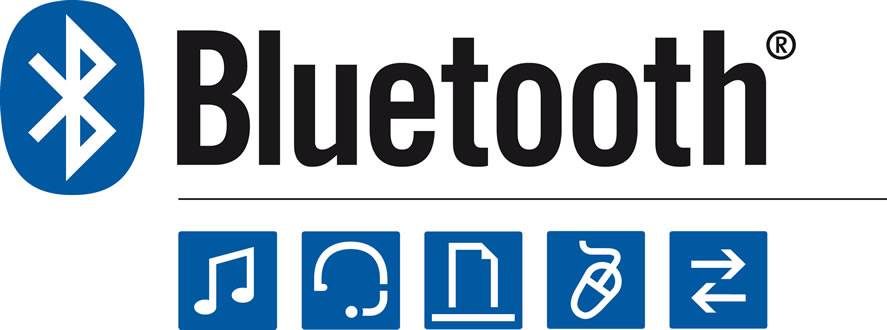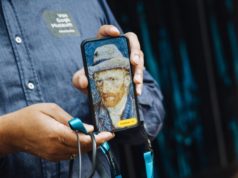Since Apple ditched the audio jack back in September, the whole industry has been banking heavily on wireless headphones. Overnight, sales of wireless cans are smashing all expectations. Consumers are increasingly cutting the cord and, that is despite the fact that Apple supplies an audio jack adapter with each new iPhone!
Sony MDR 1000X Wireless Headphones
But, nobody likes to make blind purchases, especially one that may cost hundreds of dollars! Here are some factors to consider before investing in your first wireless headphones:
1. Wireless headphones have a battery life, and requires frequent charging.
The current average battery life for wireless headphones range from 20 hours to 30 hours, which reduces the need to charge them up frequently. Some brands even sell replacement rechargeable batteries, like the Beoplay H7 and H8 Wireless Headphones! If the battery runs out, these headphones usually have backup cables, so that you can continue to use them wired, without the battery.
However, if you prefer more portability, you’re probably gunning for some water-resistant in-ear headphones. Having smaller batteries mean these tiny earbuds could carry up to 6 hours of battery life on a single charge, but of course, actual battery life will depend on usage! This means that you will have to charge them more often. Further, if the battery runs out, you cannot attach a backup cable to continue tapping to the beat.

The Beoplay H8 comes with a backup audio cable, and it’s possible to buy replacement batteries.
2. Most wireless headphones have a lifespan.
Wireless headphones have a battery lifespan. Traditional Lithium-Ion (Li-Ion) rechargeable batteries maintain their full capacity for around 500 charging cycles. After 500 full cycles, degradation kicks in and the battery will slowly shed its charging capacity to the point when it no longer retains any charge.
You’ll need to find out from the manufacturer whether it’s possible to replace just the headphone’s battery alone when it degrades. If it’s not possible, then you’ll need to decide whether you’re ready to purchase a new one every few years.

After a few years, will you be willing to invest in a newer pair of Bose SoundSport Wireless Earbuds?
3. Going wireless affects sound quality.
Concerns about sound quality is a major reason why wireless headphones did not gain traction, until recently! Without a physical cable, audio signals will have to pass through many stages before reaching your ears as sound.
It must be compressed, broadcast from a transmitter, caught by a receiver and then pieced back together. Then, it must be amplified into actual sound. With so much happening in between, some of the quality will definitely be lost. What’s worse, the varying quality of all that hardware will make a difference! This is why your music can sound different playing from different phones!
But, since the proliferation of Bluetooth technologies like A2DP and aptX, wireless audio-fidelity has improved a lot, to the point where many (but the most discerning) listeners can’t detect any loss in quality. Of course, output quality will depend on the device you use, and your music’s file format!

4. Portable Headphone Amplifiers are out of the question.
Audiophiles who enjoy Hi-Res (High Resolution) music over headphones simply love portable headphone amps for adding that extra level of detail and dimension to their music. Headphone Amplifiers complement (or replace) the stock amplifier and processor that’s built into your phone. They are portable, connects easily to your phone’s USB or Lightning port, and can serve as a backup power bank!
Plus, since it’s an external device, you can enjoy (largely) the same consistent sound quality regardless of the source device you use.
But to enjoy the benefits of a headphone amplifier, your headphones have to be wired to it!

The Oppo HA-2 SE portable headphone amplifier is popular among Audiophiles.
5. When earbuds run out of juice, there’s no fallback option.
Like I mentioned earlier, headphones will often come with an audio cable, so that your music can continue when the battery runs out. You will have to ensure that your earbuds are charged regularly before use. They usually don’t come with an audio cable and you can’t use them while they’re plugged in to your power bank (or charging case).
So on your daily commute, it makes perfect sense to pack a pair of backup wired earbuds, just in case!

Apple Airpods with included charging case.
So will these 5 factors affect your decision to go wireless? We’d love to find out what you think, tell us in the comments section below!







